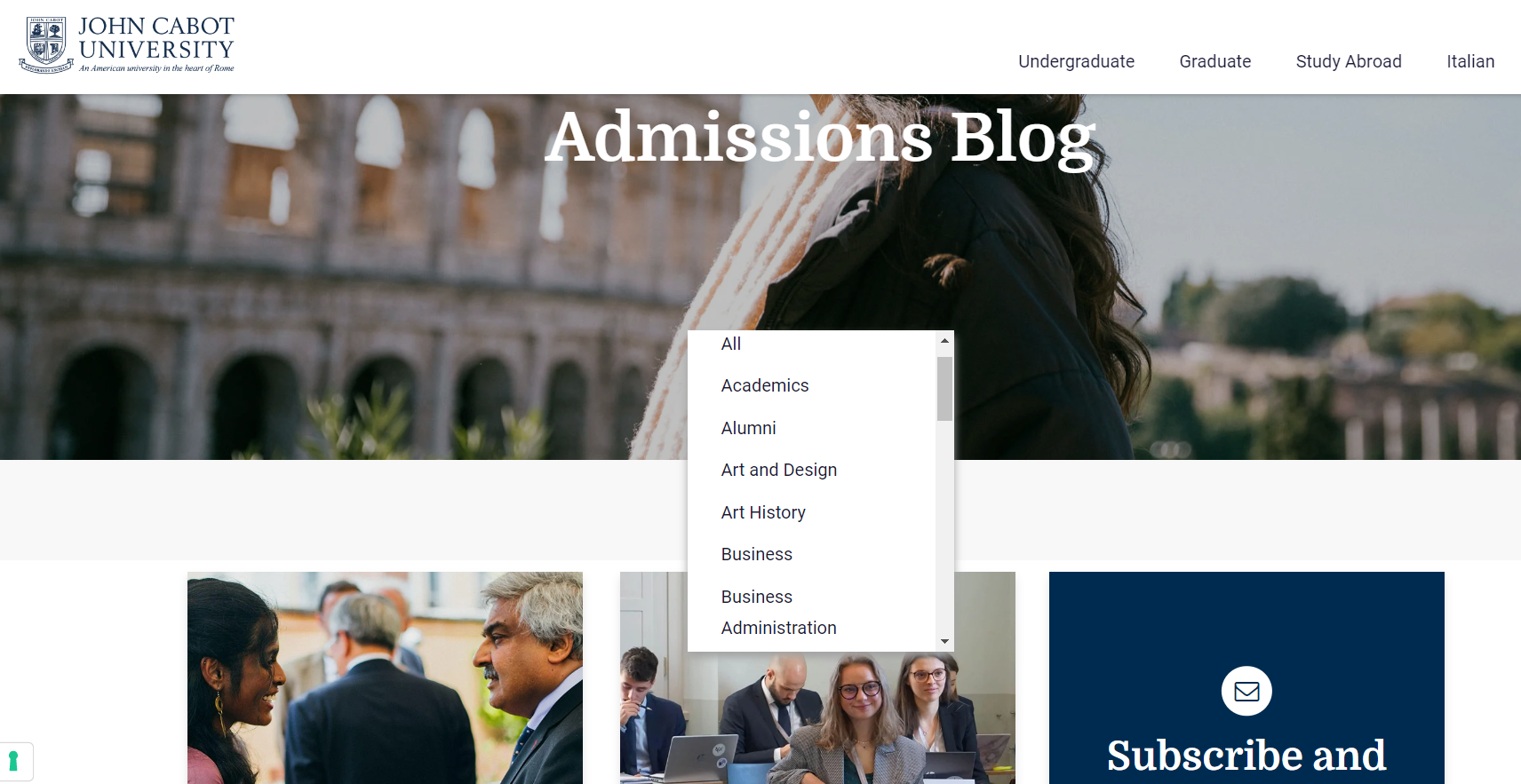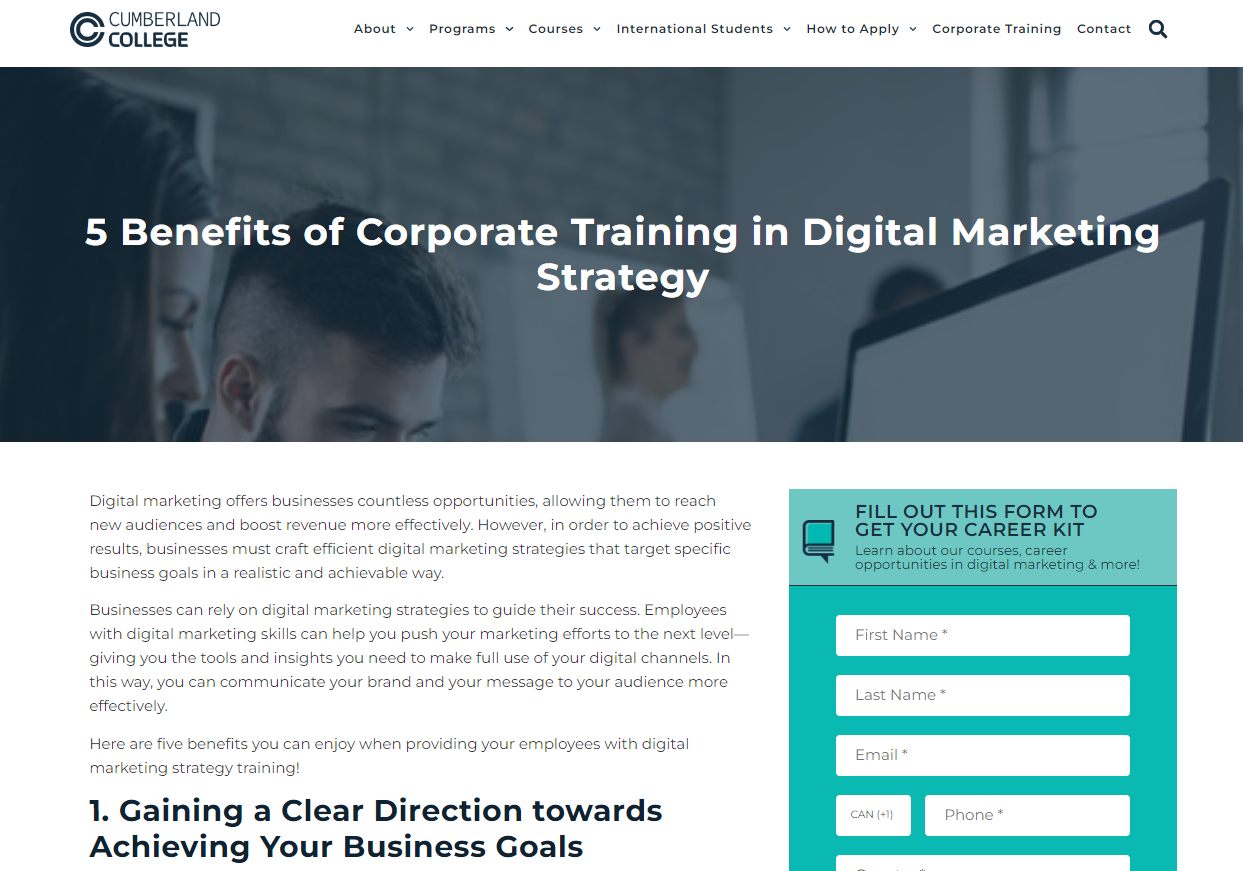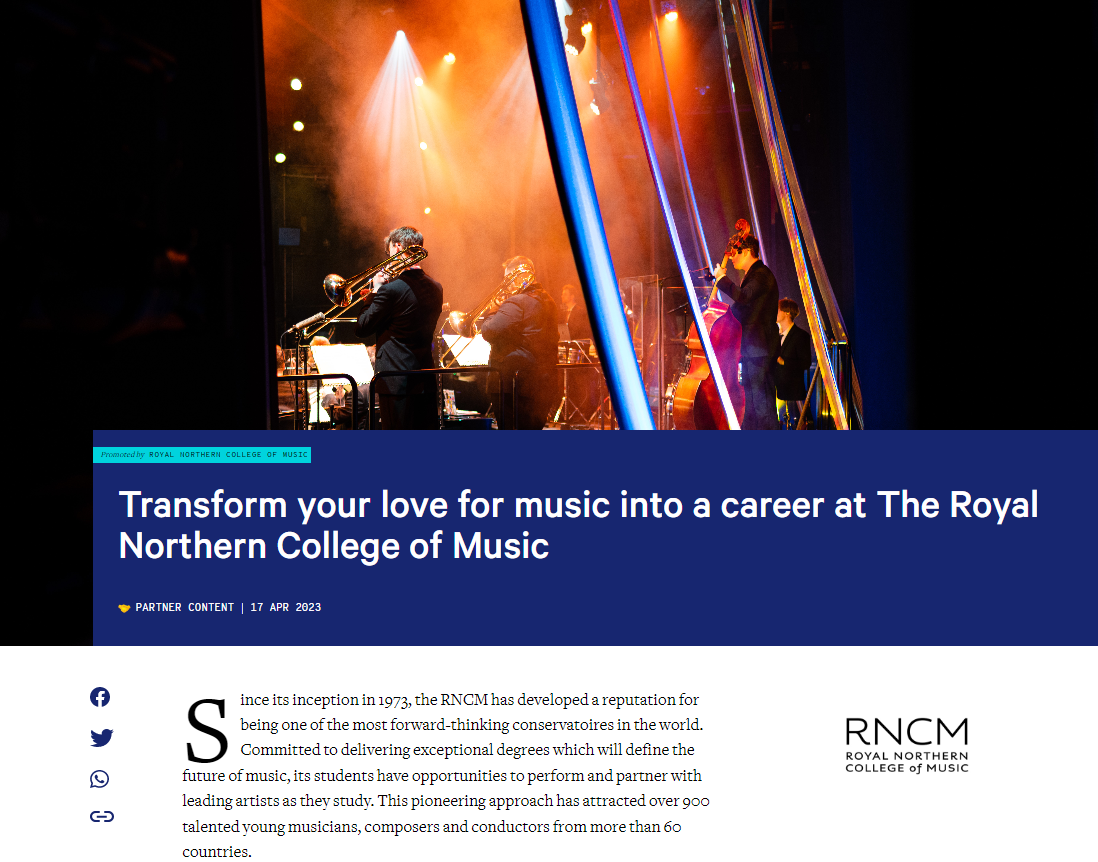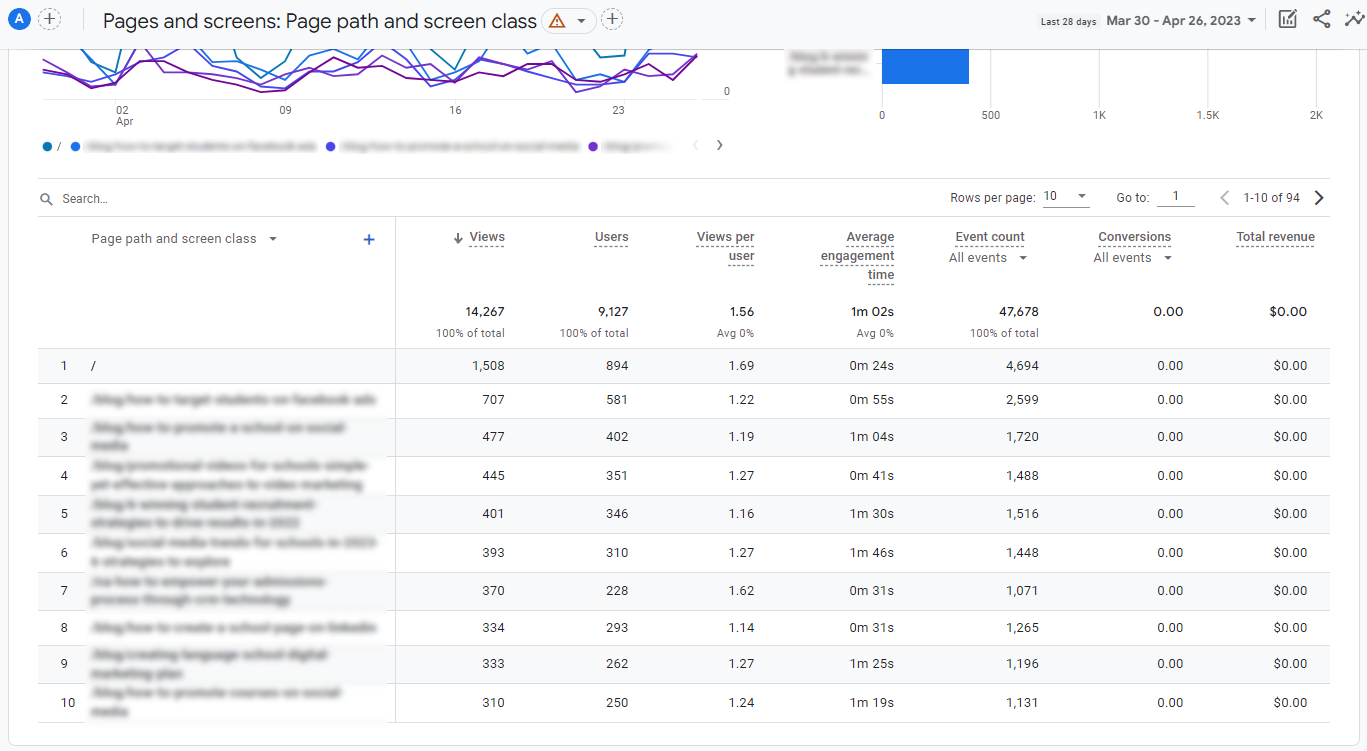Creating great content can be time-consuming, but the time and effort are well worth it for schools looking to attract new students. After all, great content builds relationships with your prospects and encourages them to engage further with your school. By embracing SEO topic clusters, you can show prospects that your school is ready to address their needs and explore their interests. The added SEO boost ensures that your efforts get seen.
As you create high-quality topic clusters, you need to apply industry best practices to get the most out of your efforts. Read on to learn how you can level up your topic clusters to enhance your school’s SEO and content strategy!
Why Embrace SEO Topic Clusters in Your School’s Content Strategy
A content cluster strategy is when you decide to create web content based on a single theme or subject, where each separate piece of content adds new depth to the topic. This cluster of content, or group of content assets, ultimately works as a unit in order to delight prospects and provide them with answers regarding subjects offered by your school.
If you’re wondering how to create topic clusters, then you’ll want to break down the task by focusing on a pillar page and its cluster pages. The pillar page targets general keywords and explores a broad subject, while the cluster pages go more in-depth, targeting nuanced concepts and less competitive keywords within the same theme.
Google ranks pages using multiple variables, like domain authority and page speed.
With topic clusters, your school can improve its performance across many of these factors and generate better SEO results. They show Google that your school website is relevant to specific keywords, increasing your credibility by positioning your school as an expert in the field.
Schools with a low domain authority score can use these topic clusters to improve their site’s ranking for less competitive keywords. As the site generates more traffic and boosts its authority, schools can work towards ranking for more competitive keywords. This way, they can hit the ground running by developing SEO-driven content.
1. Understanding Your Audience and User Intent
Your audience’s search habits and history reveals a lot about their needs and interests, giving you an understanding of what they may want from your school. SEO is about using this insight to align your web content with your user’s search goals so that your school appears at the top of the search engine results page (SERP) when they enter relevant keywords in their query. Here, the focus is on user intent—the reason or goal behind a web user’s search engine query.
To provide prospects with value, you need to understand why prospects have used specific keywords and what they hope to find on the SERP. SEO topic clusters enable you to use content to its full potential and delight users with high-value information—something they care enough to engage with. Content featuring subject matter experts can be especially helpful in providing this value, playing a big role in converting prospects at the top of the funnel.
To properly factor in user intent with topic clustering, identify where your prospects are positioned in the admissions funnel. At the top of the funnel, also known as the awareness stage, prospects are becoming acquainted with your school. That’s largely because of the content they’ve discovered on your website. This content can spotlight expert teachers and faculty, all while answering prospects’ questions regarding a program subject or career field.
Questions you can ask yourself to appeal to your prospects’ search intent include:
- Where are prospects positioned in the admissions funnel?
- What type of information are they looking for in each stage?
- What is motivating their search queries?
You can begin creating content as you answer these questions and organize that content into neat topic clusters. Remember that all topics chosen must relate to the search intent. A handy tip as you take on this task is to build a library of content—a blog that serves as a helpful resource for your prospects.
Example: John Cabot University’s blog covers a wide range of topics that prospects can explore via the drop-down menu:

Source: John Cabot University
Each category is primed to serve as a pillar topic, especially since they boast a collection of blog posts that resonate with specific personas. These blog posts answer common questions or explore relevant interests in a way that gives prospects more value.
Looking to develop SEO-driven content for your school? Reach out to our team to begin crafting your school’s story and attracting new prospects through compelling content!
2. Conduct a Content Audit to Refresh Existing Content and Fill Gaps
Your website content should provide valuable information, but you don’t want it repeated or excessive. If it was, then you may end up damaging your SEO efforts. Not focusing your content on specific keywords or messaging makes it hard for prospects to find and connect with you. Using the same content on different web pages is a sign of bad technical SEO, giving a search engine mixed signals on which page to rank in the results page. Here, content consolidation can be a solution.
As you approach your content cluster strategy, you’ll want to conduct a content audit to understand what content you have to work with and what’s outdated, duplicated, contradictory, or irrelevant. The next step is to fix it. You can also use your audit to discover gaps in your content and create new material to bolster your inbound strategy. This includes underperforming content, which you can boost using your SEO clusters. By linking to them on your pillar page, you can redirect your web traffic and point prospects to other relevant information that may influence their decision to pursue a specific field or program.
To get the most out of your SEO topic clusters, aim to focus on organizing your content in a way that’s accessible to prospects while also boosting your web ranking as much as possible. Using spreadsheets or digital tools can help you manage the process and streamline any changes.
Example: The template below shows how to organize your school’s content when creating your topic clusters. Here, you can clearly define the subject or theme, designate a pillar page, list relevant blog posts, and include structured data all in one place. You can also assign the appropriate keywords and make note of their search volume:

3. Develop a Master Keyword List While Also Prioritizing Relevance
You can create your own keywords by researching the root of a user’s keyword-based query. First, you’ll need to define the intent of that search—whether it’s commercial, informational, transactional, or navigational. The keywords used in that search can help you determine this information, giving you a blueprint of what type of content your prospects are looking for.
Next, you can begin auditing your keyword footprint, along with your competitors, to determine how well you rank for the words you are already targeting. Here’s how this can look in your records:

The columns underneath each country represent different schools, including your own. This way, your team can quickly analyze your school’s performance in relation to its competitors and potentially discover areas for improvement. You can even go a step further by dissecting the different metrics – like monthly search volume, difficulty ranking, and cost per click – to determine your cluster keyword.
This keyword research process will enable you to keep track of your keyword opportunities and compile a list, which can be used by your team as a way to position your content as influential points of entry for a prospect starting their enrollment journey with your school.
You’ll want your keyword master list to bridge gaps in your content production. Not only will these keywords help you understand your audience, but they will also serve as the foundation of your topic clusters. The result is a web of topics surrounding your school’s pillar program pages that delight prospects and keeps them engaged with your school.
Although keywords are extremely important, they aren’t everything. You’ll need to prioritize relevance when selecting your keywords and topics. Topic clusters may overshadow keyword optimization as a top SEO strategy, so it can be worthwhile for your school to invest in these efforts with your target audience in mind. Check-in on what your prospects want to see through polls and other means, and aim to fulfill their requests to prove that your school listens to and cares about its students.
4. Aim to be Evergreen by Going Beyond Your Prospects’ Expectations
For maximum return on investment (ROI), be sure that your topic clusters feature evergreen content—content that is SEO-driven and is continually relevant for readers. By creating pillar pages that can support evergreen topics, you can provide your prospects with timeless value while also reaping the benefits. These topics can include anything from top benefits and tips on a specific subject to in-depth explorations and overviews. With them, you can increase your web traffic, accumulate more views over time, and increase the length of time prospects may spend on your page.
Going beyond your prospects’ expectations can set your school and its content apart from your competition. Explore different angles and perspectives of your main and try to outdo whatever is ranking highly on the SERP. The information you’ll provide by taking this approach can make your school more memorable, setting you up as a credible and timeless resource in your field.
Example: Cumberland College has created an evergreen blog post to appeal to prospects considering corporate training. The blog post dives into the top benefits of gaining professional training in digital marketing strategy, informing businesses on a topic that will continue to remain relevant over time:

Source: Cumberland College
As you dive deeper, keep tabs on how your pillar page and SEO topic clusters develop. Maybe you’ll find opportunities to expand your subtopics by turning them into their own pillar pages. You can then create more nuanced sub-content in your school’s next content cycle. The key is to continuously look for ways to improve your efforts and provide a more thorough overview of your subject, consistently delighting your prospects.
5. Maximize the Power of Hyperlinking SEO Topic Clusters
Hyperlinking content allows you to keep the structure of your content clusters, connecting your subtopics with your pillar page. As a result, they are absolutely essential in your efforts. Hyperlinks can be internal or external links that direct web visitors to another page. Within the framework of SEO topic clusters, they serve to introduce prospects to other relevant content on your school’s webpage—the subtopics you’ve created.
Since prospects navigate to other pages on your school’s website, they’re clicking on internal links. External links would direct them to other websites, which can be handy if your school is involved in guest blogging. Guest blogging can be a useful link-building strategy, and it can enable you to link to underperforming content in a blog that appears elsewhere and boost that link’s impressions.
Example: The Royal Northern College of Music uses guest blogging to reach a new audience and strengthen its link-building strategy. The blog post shared below contains numerous links to the school website, ultimately boosting the school’s web traffic and credibility in the eyes of the search engine:

Source: Study International
Regarding hyperlinks, including internal links, you’ll need to feature what is relevant and valuable in your topic cluster—something that makes sense for prospects to explore after landing on your pillar page. Your links should provide a logical pathway for prospects to explore content on your site, and ideally, this pathway pushes them closer toward the end of the admissions funnel and closer to conversion.
Example: Concordia University uses internal links in its blog post to redirect prospects to key pages that can act as turning points in their enrollment journey, all while providing them with interesting information. The content cleverly links to the program page, a research showcase, a form to connect with a recruiter and a page dedicated to program-specific info sessions.

Source: Concordia University
6. Rely on Google Analytics to Improve Your Results
Testing your SEO topic clusters ensures their top performance. Testing them more frequently gives your team more opportunities to discover what’s working and what isn’t. You can identify which topic clusters are successful and which are not performing as well and modify your topic cluster strategy.
You can use Google Analytics 4 (GA4) to track how web visitors move across your site. Through the platform’s exploration templates, you can follow your user journey and understand how they interact with your school’s content. You can also monitor specific GA4 metrics, like views, average engagement time, and conversion rates, to determine the success of your topic clusters. The screenshot below reveals how this information appears in your GA4 account:

Taking the time to test your topic clusters and monitor their performance is critical when optimizing your efforts for higher ROI. In doing so, you’ll determine which approaches work best for your school and deliver the right results.







